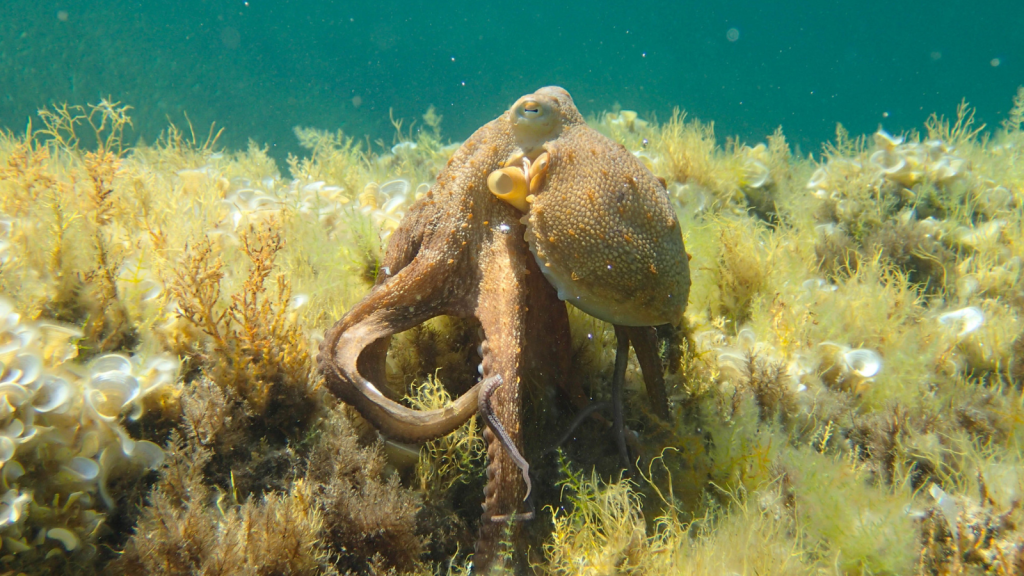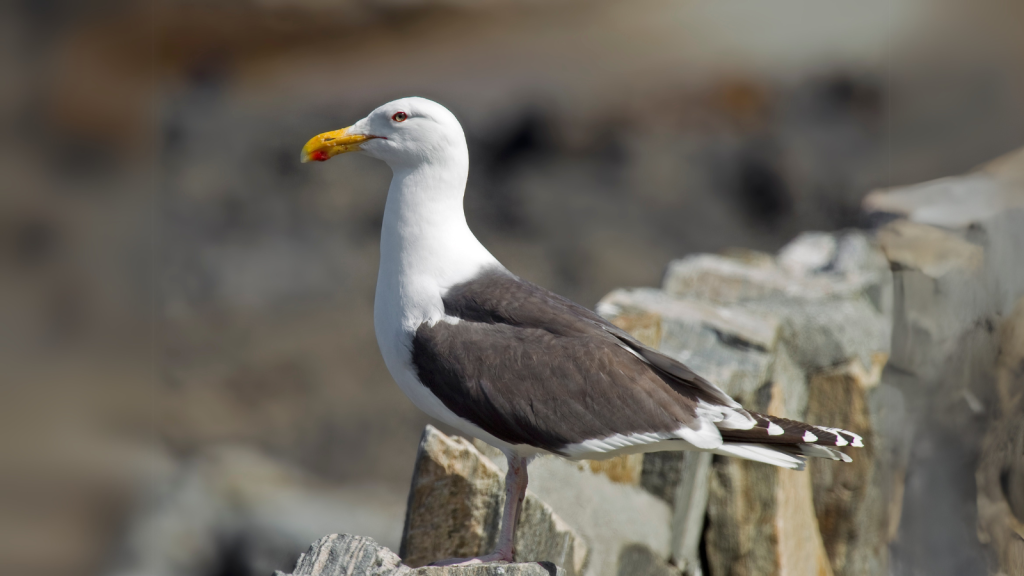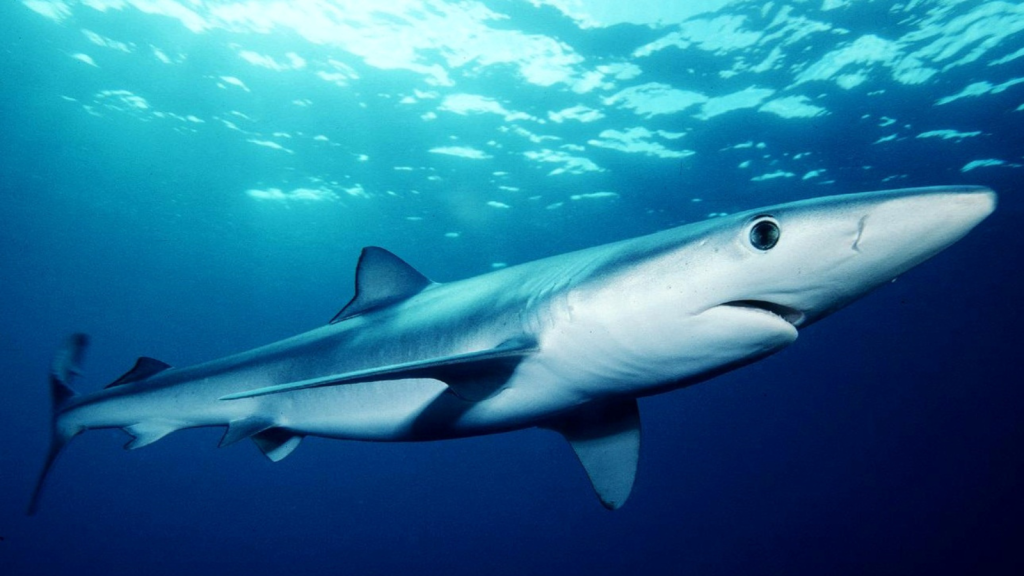Britain’s coastal waters are teeming with life, and at the top of the food chain are a variety of fascinating marine predators. These hunters have evolved incredible adaptations to thrive in the often chilly, nutrient-rich seas surrounding the British Isles. From sharp-toothed fish to powerful seabirds, each predator plays a vital role in maintaining the delicate balance of this marine environment. Whether stalking their prey in the shallows or diving into the depths, these creatures are a testament to the raw power and ingenuity of nature. Let’s explore 12 incredible marine predators that dominate Britain’s waters.
1. Grey Seal

The grey seal is one of Britain’s most iconic marine mammals and a formidable predator. Found along rocky coastlines, these seals hunt fish such as sand eels, cod, and herring, using their excellent underwater vision to track prey. With their strong jaws and sharp teeth, they are well-equipped for catching slippery fish. Grey seals can dive to impressive depths of up to 100 metres, giving them access to prey other predators might miss.
2. Bottlenose Dolphin

Bottlenose dolphins are highly intelligent hunters that patrol Britain’s coastal waters in search of fish, squid, and crustaceans. They often work together in groups, herding schools of fish into tight formations to make feeding more efficient. Their echolocation abilities allow them to locate prey even in murky water. These dolphins are a common sight off the coasts of Cornwall, Wales, and Scotland.
3. Atlantic Puffin

Though small and unassuming, the Atlantic puffin is a skilled predator of the sea. With its sharp beak, it captures sand eels and other small fish, sometimes carrying several at once. Puffins dive up to 60 metres below the surface, using their wings to ‘fly’ underwater. During the breeding season, they hunt tirelessly to feed their chicks, often returning with beakfuls of fish.
4. Common Octopus

The common octopus is a master of stealth and an opportunistic predator found in Britain’s waters. Using its powerful tentacles, it captures crabs, fish, and other small marine animals. Its intelligence allows it to outwit prey, often prying open shells or setting ambushes. The octopus’s ability to camouflage also helps it evade its own predators while hunting.
5. Great Black-Backed Gull

The great black-backed gull is the largest gull species in the world and a fearsome hunter. These birds are opportunistic feeders, preying on fish, other seabirds, and even small mammals. They’re known to patrol shorelines and coastal waters, snatching fish from the surface or diving into shallow waters. Their aggressive nature ensures they dominate feeding grounds.
6. Blue Shark

The sleek blue shark is a migratory predator often seen in deeper waters off Britain’s southwest coast. Feeding primarily on fish and squid, this shark is known for its speed and agility. It uses its keen sense of smell to locate prey over long distances. While encounters with humans are rare, the blue shark’s presence highlights the biodiversity of Britain’s marine environment.
7. European Eel

The European eel might not look like a traditional predator, but it’s a skilled hunter in Britain’s coastal waters and estuaries. These eels prey on small fish, crustaceans, and insects, often hunting under the cover of darkness. Their snake-like bodies allow them to slip into crevices to ambush prey. The European eel’s life cycle includes an incredible migration from the Sargasso Sea to European rivers.
8. Gannet

Gannets are spectacular seabirds that dominate Britain’s skies and waters. With their streamlined bodies, they dive from heights of up to 40 metres, plunging into the sea at speeds of 60 miles per hour to catch fish. Their sharp beaks and excellent vision make them highly efficient hunters. Colonies of gannets can be found on rocky cliffs like those at Bass Rock in Scotland.
9. Harbour Porpoise

The harbour porpoise is one of the smallest marine mammals in Britain, but it’s an effective predator. Feeding on fish, squid, and crustaceans, they rely on echolocation to find prey in shallow waters. These shy creatures are often seen in bays and estuaries, where they hunt in small groups or alone. Harbour porpoises play a vital role in controlling fish populations.
10. Cuttlefish

Cuttlefish are intelligent hunters that rely on speed, agility, and camouflage to ambush prey. Found in coastal waters around Britain, they target crabs, shrimp, and small fish. Their unique ability to change colour and texture helps them blend into their surroundings. Using their tentacles, cuttlefish strike with precision, pulling prey into their beak-like mouths.
11. Thornback Ray

The thornback ray is a bottom-dwelling predator commonly found in sandy or muddy areas along Britain’s coasts. It feeds on crustaceans, molluscs, and small fish, using its flat body to glide over the seafloor. Equipped with crushing teeth, the thornback ray can break through tough shells with ease. Its camouflage helps it stay hidden from larger predators while hunting.
12. Common Seal

Common seals, or harbour seals, are agile predators that thrive in Britain’s coastal waters. They primarily hunt fish, including herring and flatfish, but will also eat squid and crustaceans. With their streamlined bodies and strong flippers, they can chase prey with remarkable speed and agility. Common seals are a frequent sight in estuaries and sheltered bays, particularly in Scotland and Norfolk.
15 Facts About the Honey Badger, the Fiercest Animal in Africa

The honey badger, a small but mighty creature, roams the African wilderness with a fearless attitude that’s earned it quite a reputation. These tenacious animals have captured the imagination of wildlife enthusiasts and casual observers alike. Despite their name, honey badgers aren’t closely related to European badgers and are more akin to weasels and otters. Their tough-as-nails approach to life and remarkable abilities have made them the stuff of legend. Let’s explore some fascinating facts about these extraordinary creatures that prove why they’re considered Africa’s fiercest animals.
Read More: 15 Facts About the Honey Badger, the Fiercest Animal in Africa
15 Terrifying Prehistoric Creatures That Aren’t Dinosaurs

When we think of prehistoric beasts, dinosaurs often come to mind first. But the ancient world was filled with many other terrifying creatures that would give even the fiercest dinosaurs a run for their money. Let’s dive into the murky waters and dense forests of prehistory to meet some of these nightmarish animals that once roamed our planet.



